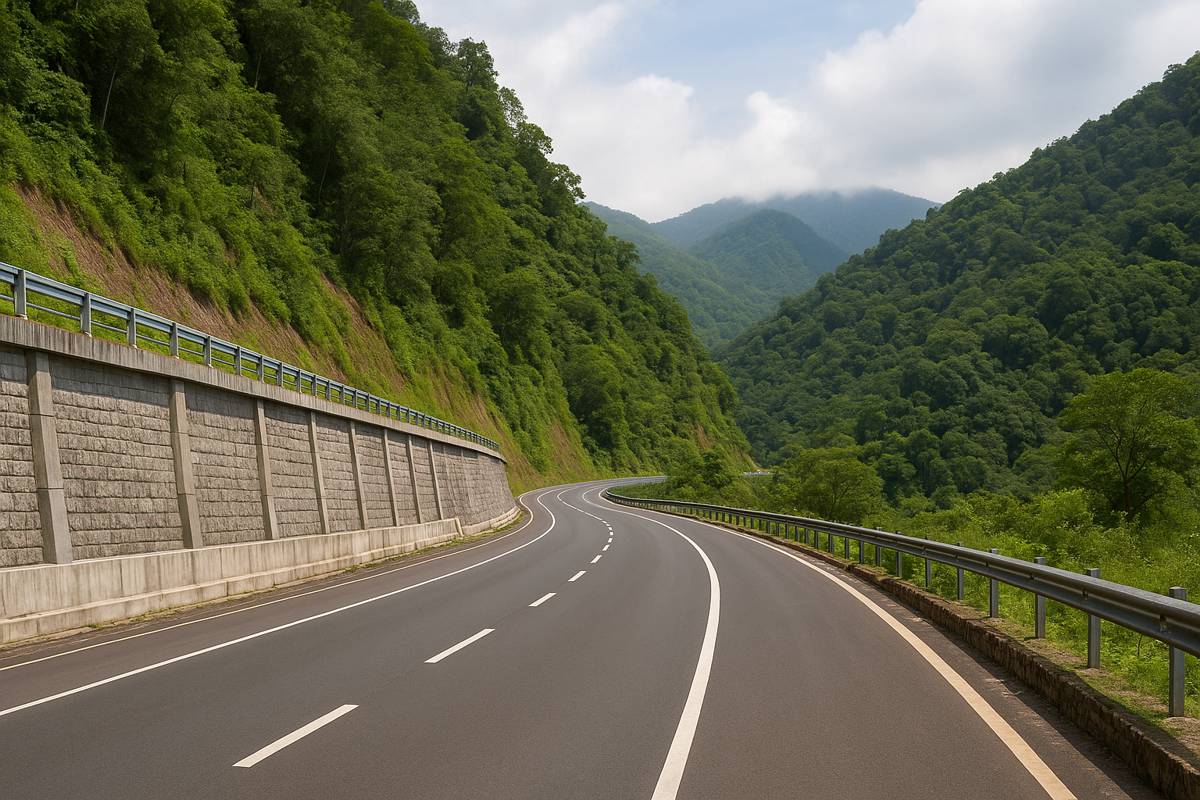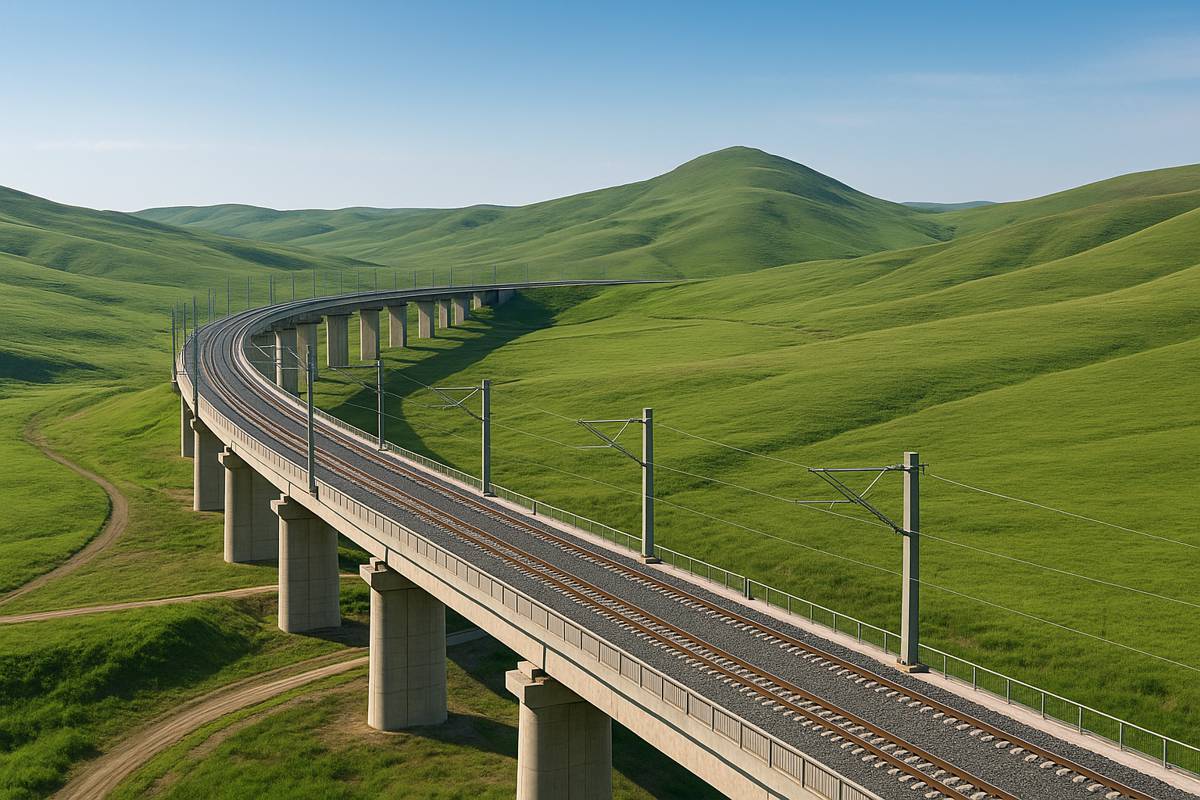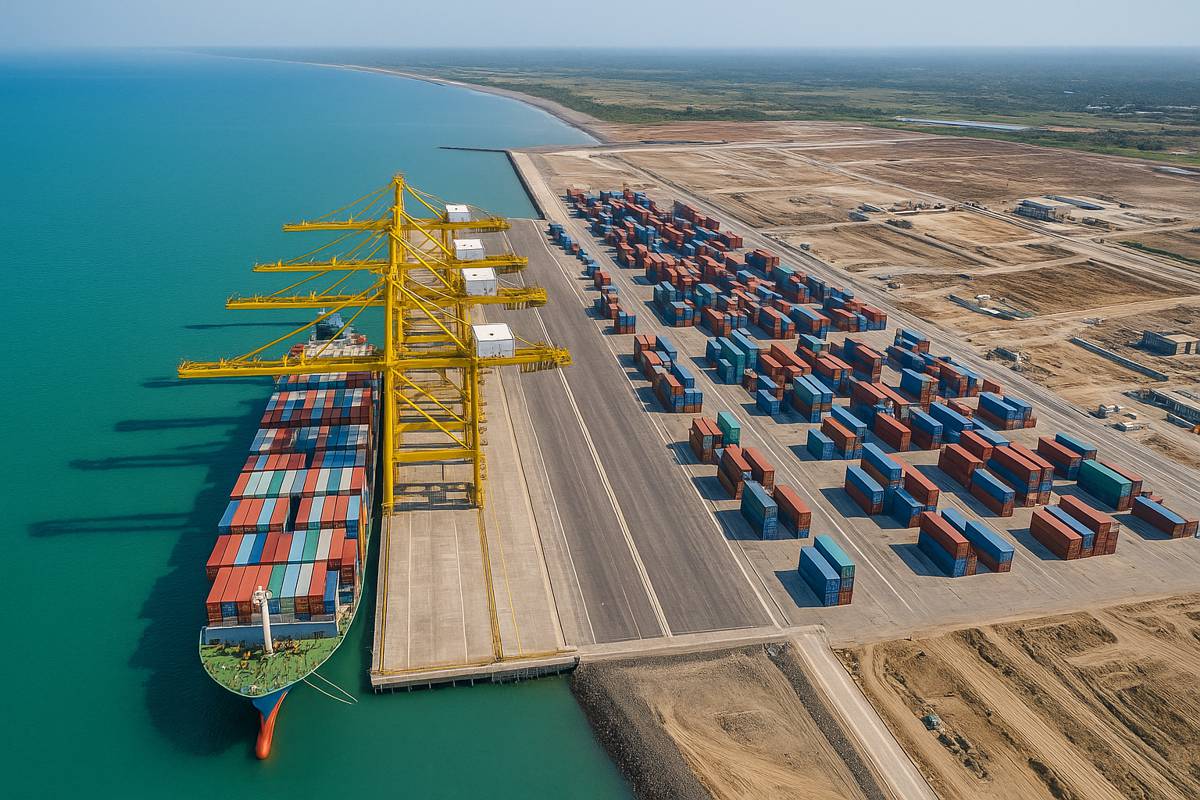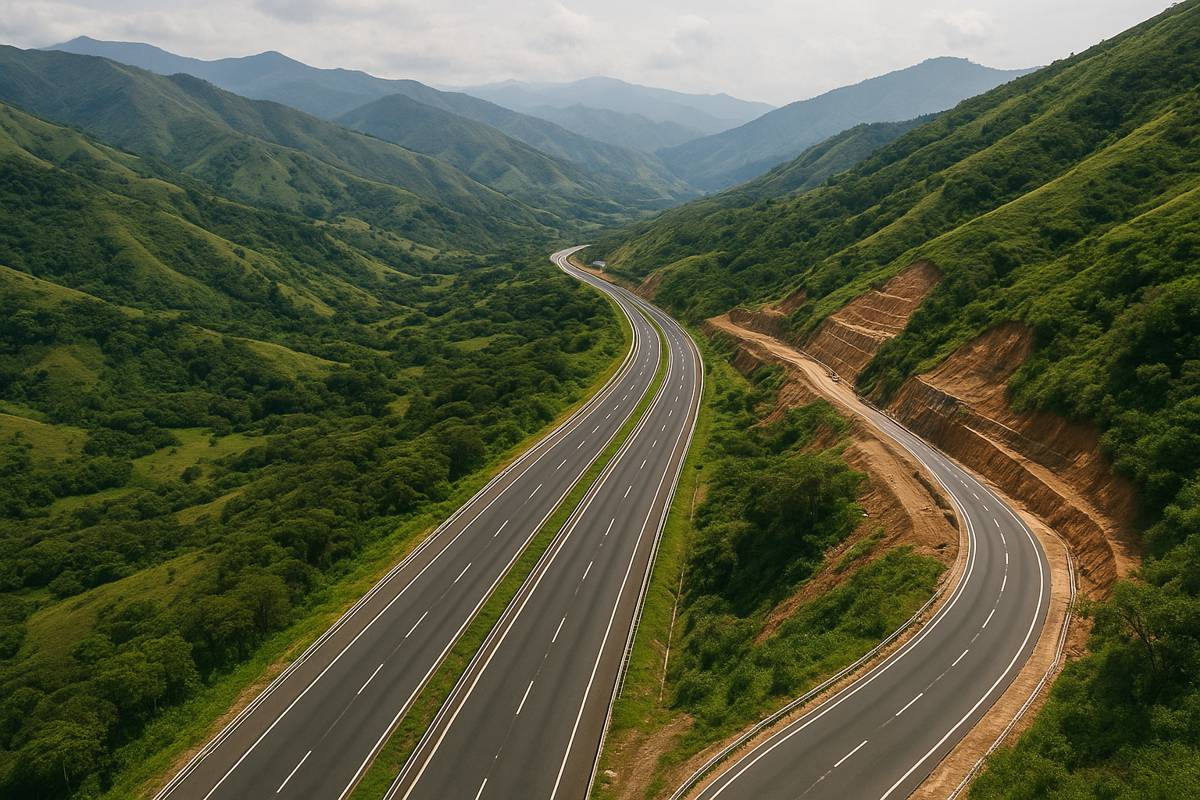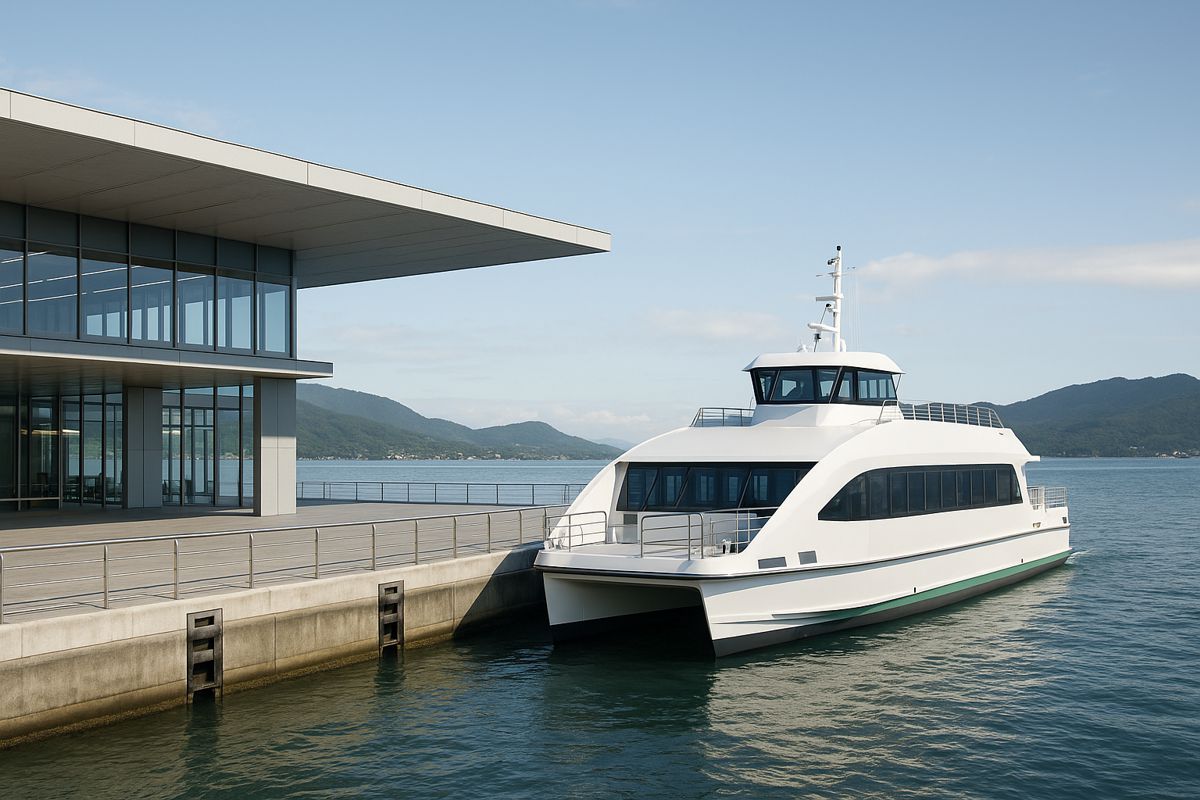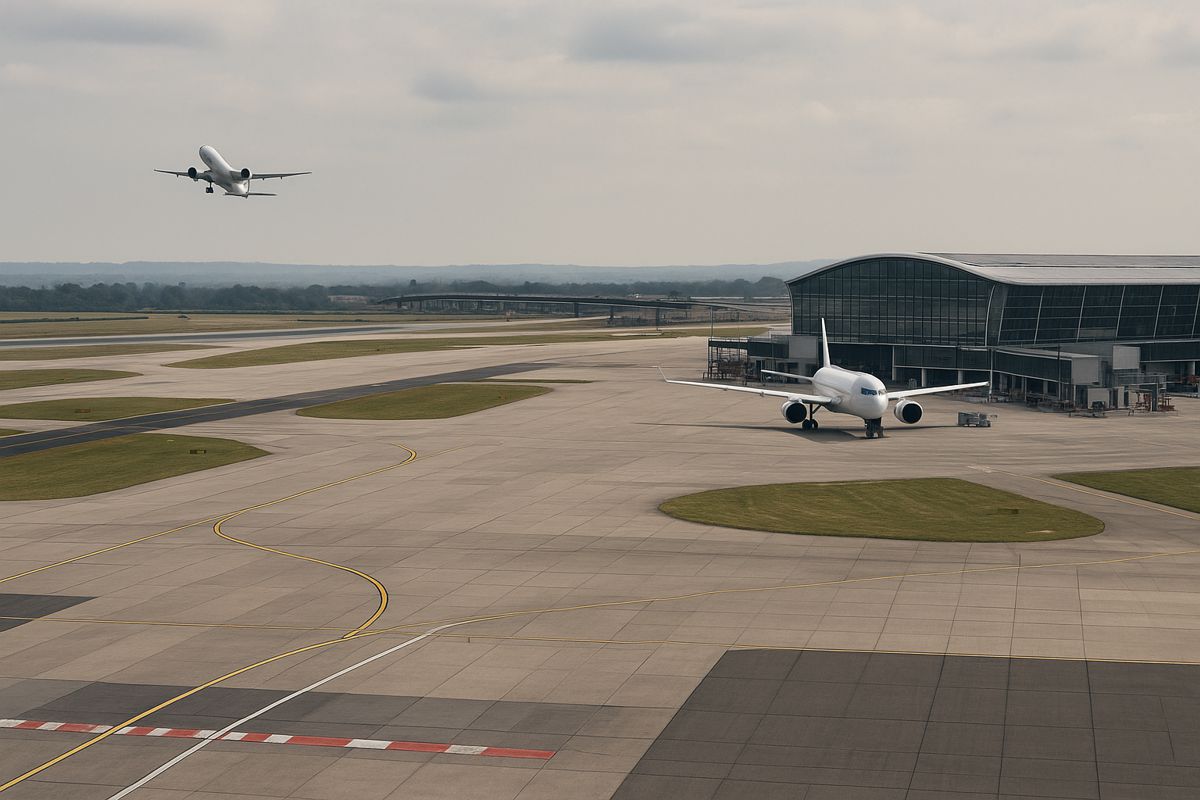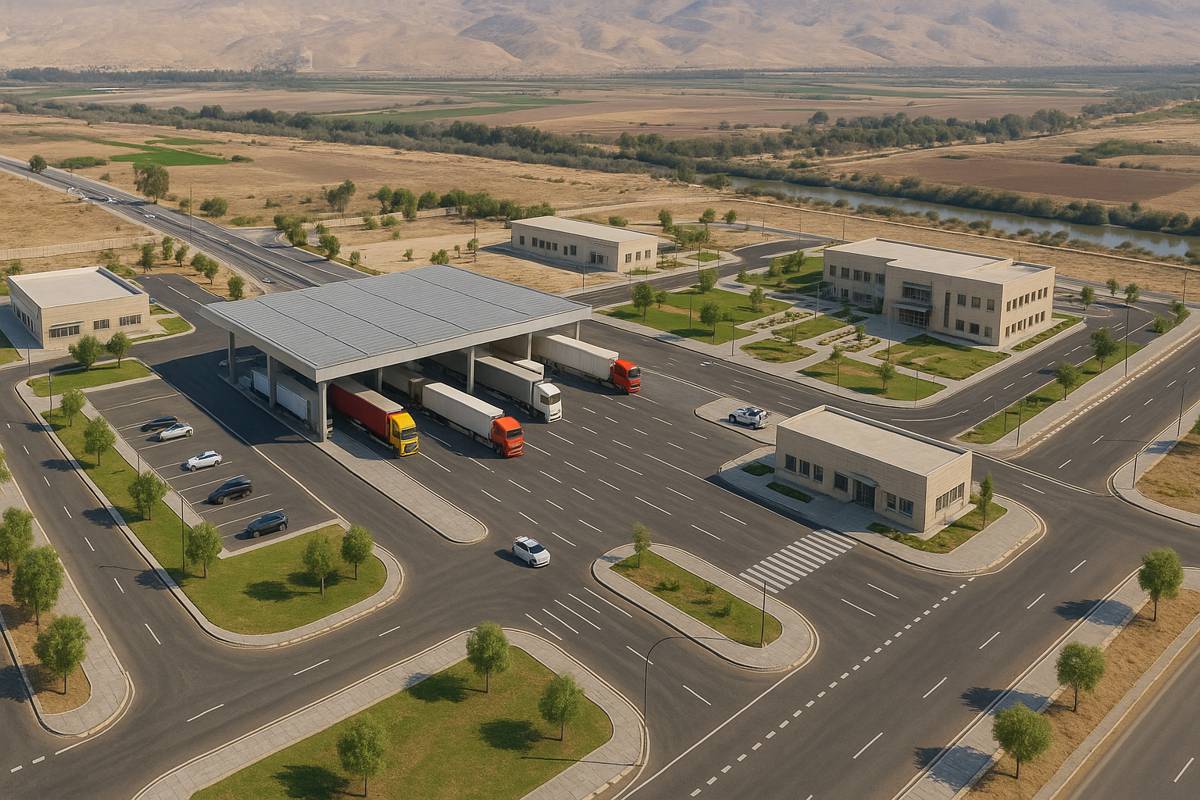Building Resilient Roads for a Changing Climate
Asia and the Pacific stand at a crossroads where climate pressures increasingly collide with ageing transport networks and outdated design expectations. As storms grow fiercer, rainfall patterns shift, and coastlines inch inland, the region’s most essential roads are being pushed closer to failure. Communities depending on these routes for healthcare, education, markets, and daily livelihoods are increasingly finding themselves isolated, sometimes for prolonged periods.
This growing vulnerability sets the stage for insights explored in a recent analysis by the Asian Development Bank. This article draws upon insights from a blog published by the Asian Development Bank on 19 November 2025 by Minjae Kang, Climate Change Specialist at the ADB Climate Change and Sustainable Development Department, weaving those findings into a broader examination of resilience across Asia and the Pacific.
Understanding the Urgency of Climate‑Resilient Roads
Road networks across Asia and the Pacific underpin the region’s social and economic activity. They connect people to hospitals, markets, schools, and livelihoods, and they anchor national supply chains that stretch across thousands of kilometres. Yet these critical links are increasingly threatened by a rapidly shifting climate. Rising temperatures, heavier rainfall, stronger storms, and creeping sea‑level rise place enormous pressure on infrastructure designed for a different world.
Many transport assets still rely on historical datasets and outdated design standards that no longer match today’s realities. As hazards intensify, these legacy systems are reaching their limits. Roads are washing out during extreme rainfall, slopes are collapsing during severe monsoons, pavements are cracking under prolonged heat, and coastal routes are being eroded by encroaching tides. Without intervention, the region’s connectivity could become increasingly fragile, undermining long‑term development gains.
Scientific consensus reinforces the scale of this threat. The United Nations Economic and Social Commission for Asia and the Pacific warns that average annual losses from disasters could double by 2030 if adaptation remains insufficient. With transport investment needs projected to reach around $8.4 trillion between 2016 and 2030, the stakes could not be higher. Making these investments climate‑resilient is fundamental to safeguarding future growth.
Timor‑Leste’s Vulnerability Highlights a Regional Reality
Timor‑Leste, a small island developing state with mountainous terrain and fragile governance conditions, offers a clear example of how climate impacts can derail transport lifelines. Its upland roads, such as the Ermera‑Fatubessi route known as C13, serve as vital arteries for remote communities. However, intense monsoonal rains repeatedly trigger landslides and washouts that sever access to markets, schools, and health services.
The consequences of extreme weather became painfully evident in April 2021, when Tropical Cyclone Seroja unleashed torrential rains and landslides that affected more than 178,000 people across all 13 districts. Critical roads and bridges were swept away, leaving communities isolated for weeks. Even in typical wet seasons, districts such as Ermera experience slope failures that disrupt mobility and impose high repair costs.
Looking ahead, climate projections offer further cause for concern. Rainfall in Timor‑Leste is expected to rise by 10‑15% by 2050, with intense events potentially becoming 20% stronger under high‑emission scenarios. This shift could transform today’s episodic disruptions into chronic, annual challenges for roads like C13.
Strengthening Capacity and Overcoming Institutional Gaps
Timor‑Leste’s situation also underscores an institutional challenge common across developing economies. Road agencies often lack the capacity and tools needed to integrate climate risks into planning and maintenance. Many decisions still rely on outdated assumptions or overlook hazard information entirely. As a result, roads deteriorate faster, costs spiral, and service reliability declines.
This capacity gap stems not only from limited technical resources but also from siloed institutional structures. When mandates do not explicitly require engineers to consider future climate conditions, they cannot design for resilience. Without collaboration between central ministries, local communities, and development partners, even advanced solutions risk being implemented inconsistently.
A shift toward more holistic, future‑focused governance is therefore essential. Countries that embed risk assessments, hazard data, and climate projections into their planning frameworks are better positioned to create transport systems that withstand future shocks.
The Four Pillars of Climate‑Resilient Road Development
Experiences in Timor‑Leste and other countries highlight four critical steps for ensuring transport resilience.
1. Identify High‑Risk Road Segments
The journey toward resilient infrastructure begins with identifying which roads face the greatest exposure to climate hazards. Multi‑hazard risk assessments help pinpoint segments vulnerable to landslides, flooding, extreme heat, and sea‑level rise. Prioritising roads that support essential economic and social activity ensures that resources are directed where they matter most.
In Timor‑Leste, risk assessments highlighted landslide‑prone sections of the C13 route using geotechnical data and climate projections. Analysts also mapped potential system‑wide ripple effects should critical sections fail, enabling authorities to prioritise the most consequential vulnerabilities.
2. Strengthen High‑Risk Road Sections with Hybrid Solutions
Once risks are identified, strengthening vulnerable assets becomes the next priority. On the C13 road, approximately 11 km of high‑risk segments are being reinforced through hybrid engineering solutions. These include soil nailing, retaining walls, gabions, and upgraded lined drainage capable of handling intense rainfall events.
Nature‑based solutions complement these engineering measures. Vetiver grass, bamboo, and gamal trees are being planted to stabilise slopes and reduce erosion. Their deep root systems anchor soil, while vegetation provides shade that helps lower road surface temperatures. This combination not only strengthens infrastructure but also supports ecological health.
3. Build Local and Institutional Capacity
Resilience cannot depend solely on physical upgrades. Institutions must also have the ability to manage and maintain assets under evolving climate conditions. In Timor‑Leste, capacity‑building efforts include disaster‑risk monitoring systems, emergency response protocols, and training programmes for government teams and community groups.
These community maintenance groups, including women’s teams, are trained to inspect slopes, clear drainage, and maintain vegetation. Their involvement fosters local ownership and ensures that resilience measures remain active long after construction teams have left.
4. Integrate Adaptation into Planning, Design, and Maintenance
Sustainable resilience requires long‑term institutional commitment. Adaptation considerations must be embedded across the full lifecycle of transport assets, from planning and design through maintenance and rehabilitation.
Aligning road development with national disaster risk management frameworks ensures consistency across government policies. Strong relationships between communities, ministries, and development partners help maintain this alignment, enabling adaptation measures to be mainstreamed rather than applied as one‑off interventions.
Without such integration, even the strongest engineering solutions can be undermined by inadequate maintenance or missed opportunities for upgrading vulnerable segments.
Scaling Resilience Across Asia and the Pacific
Timor‑Leste’s experience offers lessons relevant to the broader region. Many countries in Asia and the Pacific face similar hazards and institutional constraints. While investment needs are immense, targeted adaptation finance can help bridge resource gaps and scale successful solutions.
Regional best practices increasingly highlight the value of combining engineering measures with nature‑based approaches, improving early‑warning systems, and strengthening institutional coordination. Countries that adopt integrated, forward‑looking strategies tend to achieve more reliable, cost‑effective, and equitable outcomes.
Importantly, resilient transport systems support more than mobility. They protect supply chains, strengthen food security, safeguard access to essential services, and enable tourism and trade to flourish even under climate stress. In short, resilient roads are essential for resilient economies.
Infrastructure for Future Generations
The message from Timor‑Leste and other climate‑vulnerable nations is clear. By understanding risks, reinforcing infrastructure, strengthening institutions, and embedding adaptation into planning, countries can protect their transport systems from escalating climate threats. These measures keep communities linked, safeguard public investment, and support inclusive long‑term development.
Across Asia and the Pacific, adopting resilient transport strategies is not just prudent. It is vital for ensuring that future generations inherit infrastructure capable of withstanding the storms ahead.
